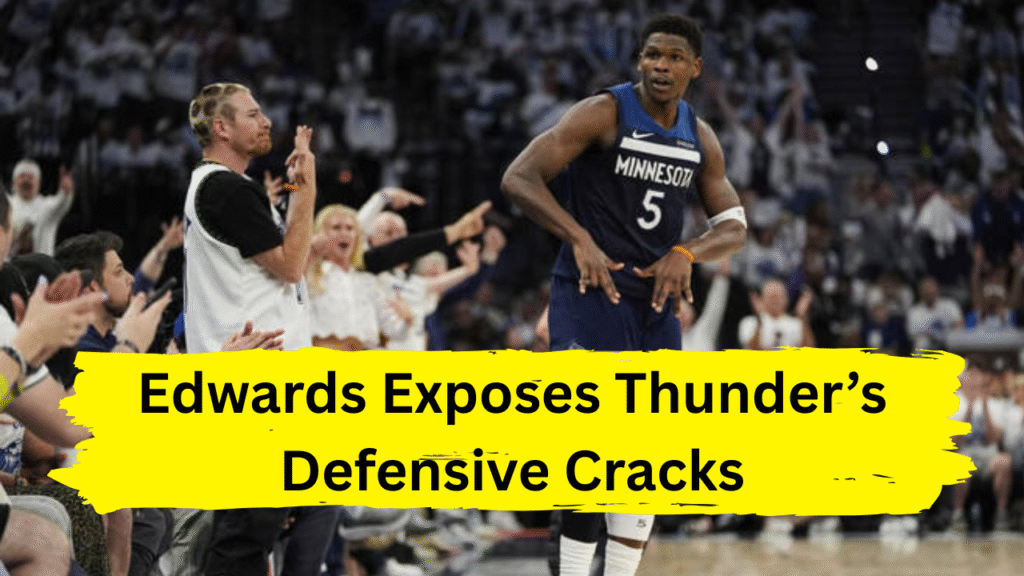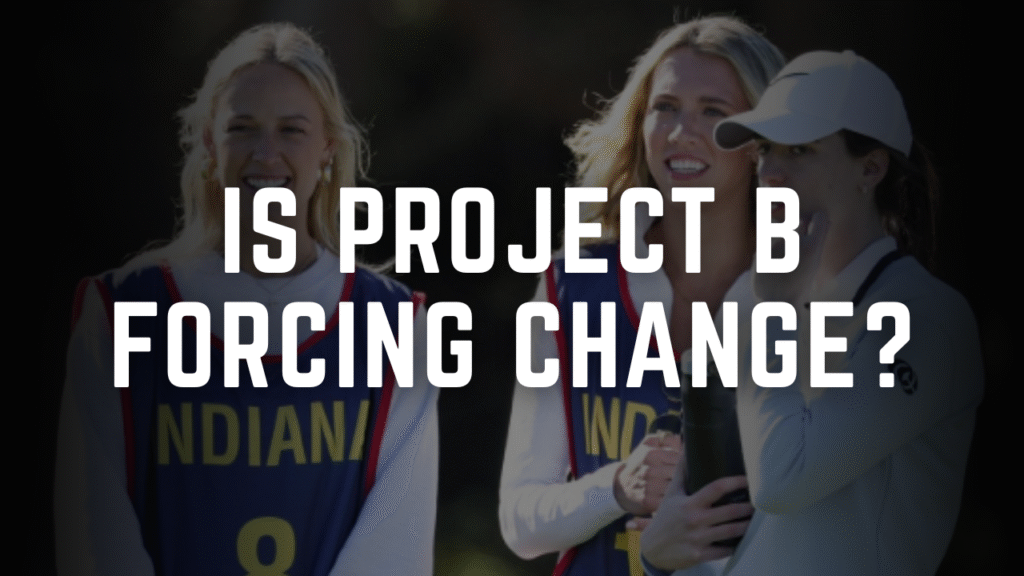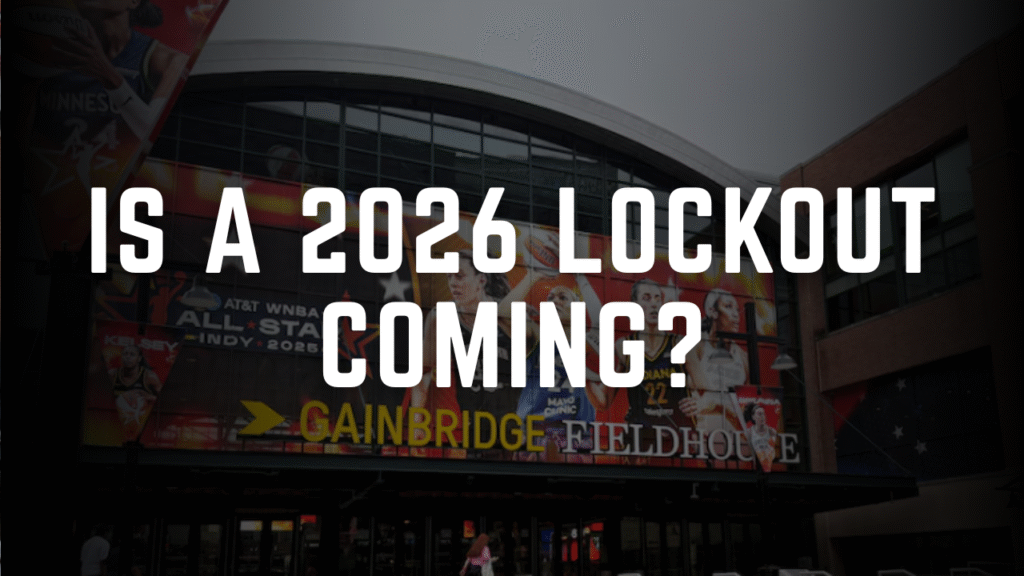The Oklahoma City Thunder entered the 2025 NBA playoffs with a defensive reputation that seemed unshakable. Touted as one of the most dominant units in modern NBA history—boasting a league-best defensive rating of 107.5 and a suffocating blend of perimeter pressure, rim protection, and switchability—they appeared poised to steamroll any challenger . Yet, in the Western Conference Finals, Anthony Edwards and the Minnesota Timberwolves delivered a seismic wake-up call, exposing vulnerabilities in OKC’s armor and reigniting debates about whether elite regular-season defense can withstand playoff pressure.
The Thunder’s Defensive Identity: A House of Cards?
At their peak, the Thunder’s defense operates like a well-oiled machine. Perimeter stoppers like Lu Dort and Alex Caruso harass ball handlers, while Chet Holmgren and Isaiah Hartenstein anchor the paint with elite rim protection. Their aggressive pick-and-roll schemes force opponents into rushed decisions, and their ability to switch seamlessly across positions creates chaos for offenses . Statistically, they dominated the regular season, holding opponents to a league-low 43.1% field goal percentage and generating turnovers at an elite rate .
But beneath the surface, cracks began to show. The Thunder’s reliance on hyper-aggressive perimeter defense and gambling for steals left them vulnerable to disciplined teams capable of exploiting mismatches or sustaining offensive rhythm. In their second-round series against Denver, OKC nearly collapsed in Game 7, hinting at the fragility of their system under playoff-intensity scrutiny .
Anthony Edwards: The Catalyst of Chaos
Enter Anthony Edwards. The Timberwolves’ superstar, known for his explosive scoring and relentless drive, became the litmus test for OKC’s defensive mettle. After a subdued Game 1—where he scored just 18 points on 5-for-13 shooting while battling foul trouble—Edwards recalibrated. By Game 3, he erupted for 30 points in three quarters, dismantling the Thunder’s schemes with a mix of three-point shooting, relentless drives, and playmaking .
Edwards’ performance underscored a critical flaw in OKC’s approach: their perimeter-centric defense struggled to contain a multifaceted scorer who could attack both inside and out. In Games 2 and 3, Edwards exploited mismatches by forcing switches onto slower big men like Holmgren, then either driving past them or stepping back for contested threes. His 5-for-8 shooting from beyond the arc in Game 3—a stark contrast to his 1-for-9 showing in Game 2—exposed the Thunder’s overcommitment to shutting down the paint .
Tactical Adjustments and Defensive Breakdowns
Minnesota’s coaching staff also played a pivotal role. By emphasizing ball movement and off-ball screens, the Timberwolves forced OKC’s defenders into uncomfortable rotations. Julius Randle’s resurgence (24 points in Game 3) and rookie Terrence Shannon Jr.’s bench contributions stretched the Thunder’s defense thin, creating driving lanes for Edwards . Meanwhile, Shai Gilgeous-Alexander, OKC’s MVP, was held to 14 points in Game 3, as Minnesota’s physicality disrupted his rhythm and limited his trademark foul-drawing artistry .
The Thunder’s defensive communication, typically a strength, faltered under this onslaught. Their aggressive switching left open shooters in the corners, and their inability to contain Edwards in isolation scenarios forced Holmgren and Hartenstein into precarious help positions. This opened the door for Minnesota’s role players to capitalize on open looks—a stark departure from OKC’s regular-season dominance, where they ranked first in limiting opponent three-point efficiency .
The Bigger Picture: Sustainability in the Playoffs
OKC’s defensive struggles raise broader questions about the sustainability of their system in a seven-game series. While their regular-season success was built on forcing turnovers and converting them into transition opportunities, playoff basketball often rewards patience and half-court execution. The Thunder’s lack of a traditional, physical center—a gap partially filled by Hartenstein—left them vulnerable to teams like Minnesota that prioritize offensive rebounding and second-chance points .
Moreover, the Thunder’s offensive reliance on Gilgeous-Alexander’s isolation brilliance became a double-edged sword. When SGA’s scoring dipped—his playoff averages fell from 32.7 PPG in the regular season to 29.2—the defense faced added pressure to compensate. Edwards, by contrast, thrived under similar scrutiny, leveraging his athleticism and improved decision-making to keep Minnesota’s offense afloat .
Conclusion: A Crossroads for OKC
The Thunder’s defensive collapse against Edwards and the Timberwolves is more than a temporary setback—it’s a referendum on their championship viability. While their regular-season accolades and historic metrics suggest a team built for longevity, the playoffs have revealed critical flaws: overreliance on perimeter aggression, susceptibility to versatile scorers, and inconsistent offensive support for SGA.
For Anthony Edwards, this series has been a coming-of-age moment. By dismantling a defense many considered impenetrable, he’s cemented his status as a superstar capable of carrying a team through adversity. Meanwhile, OKC faces an existential challenge: adapt their system to withstand playoff pressure, or risk becoming another regular-season marvel that fades when it matters most.
As the series shifts back to Minnesota for Game 4, the Thunder’s response will define their season. Can they rediscover their defensive identity, or will Edwards continue to expose their weaknesses? In the high-stakes theater of the NBA playoffs, even the mightiest defenses are only as strong as their last possession.


